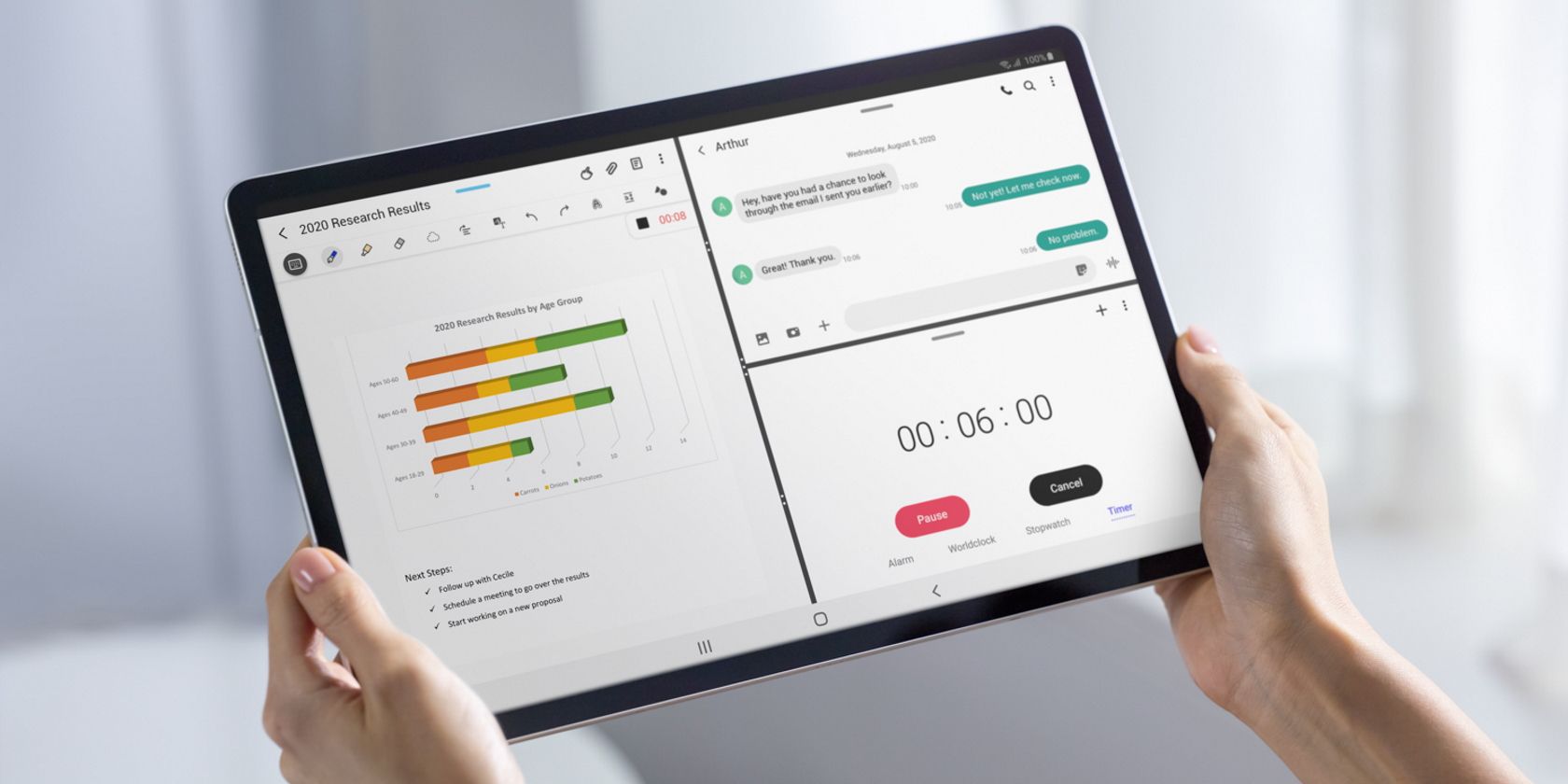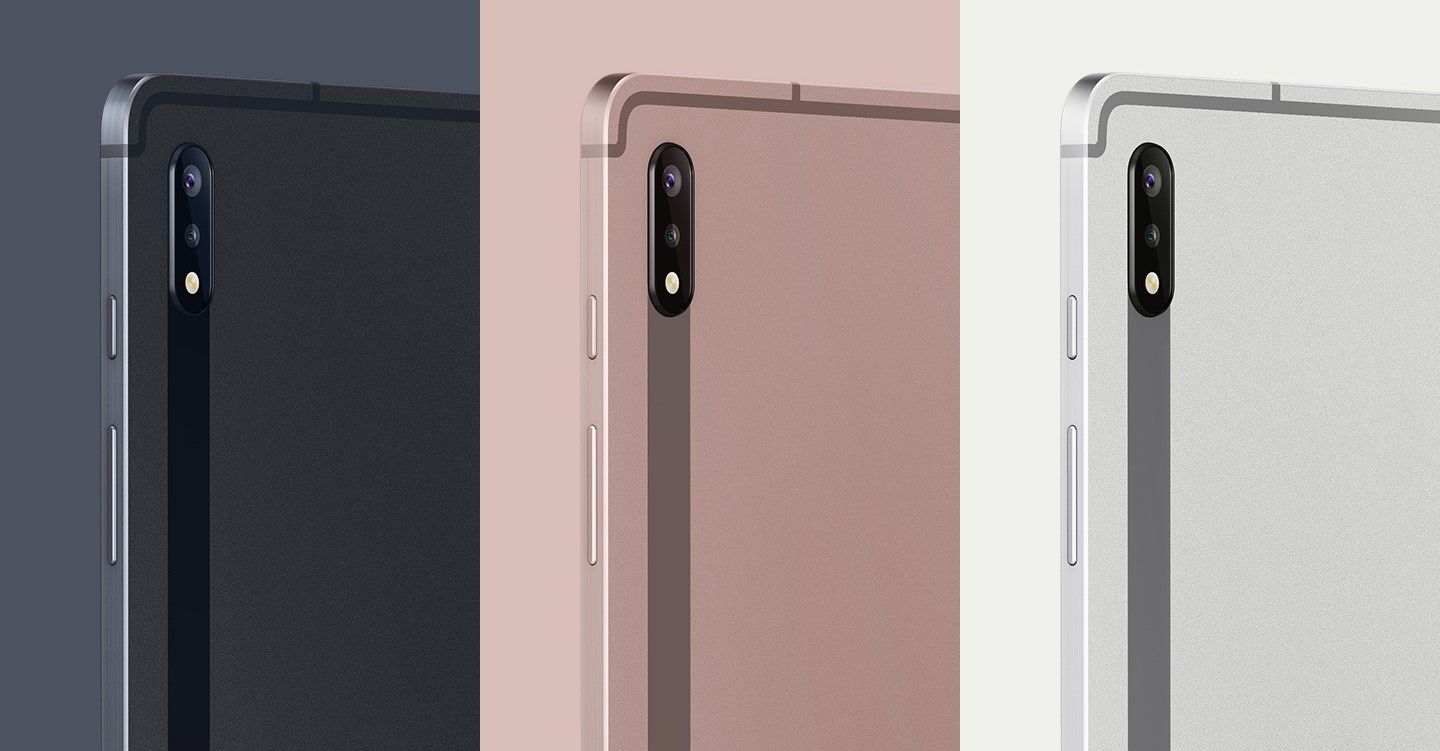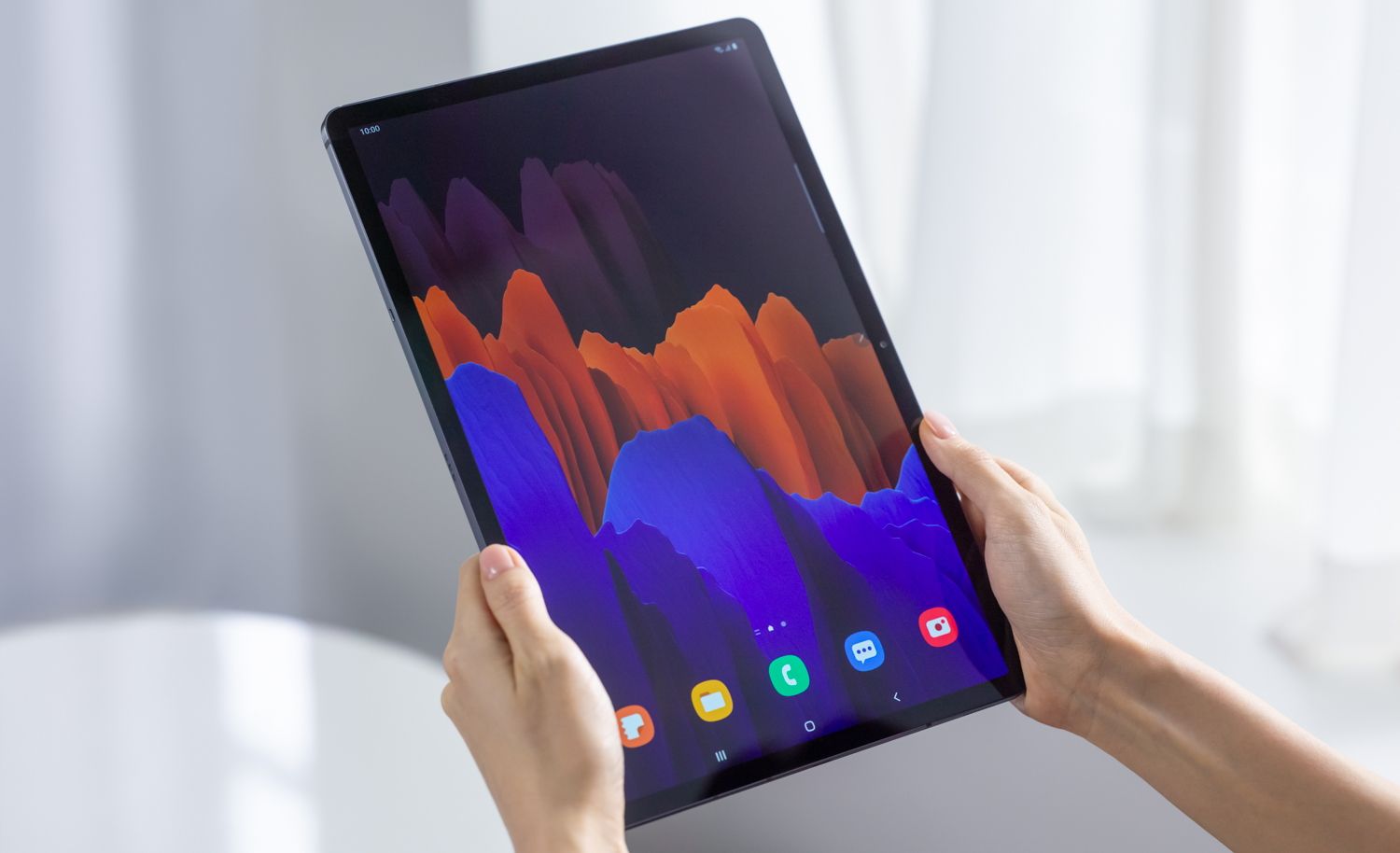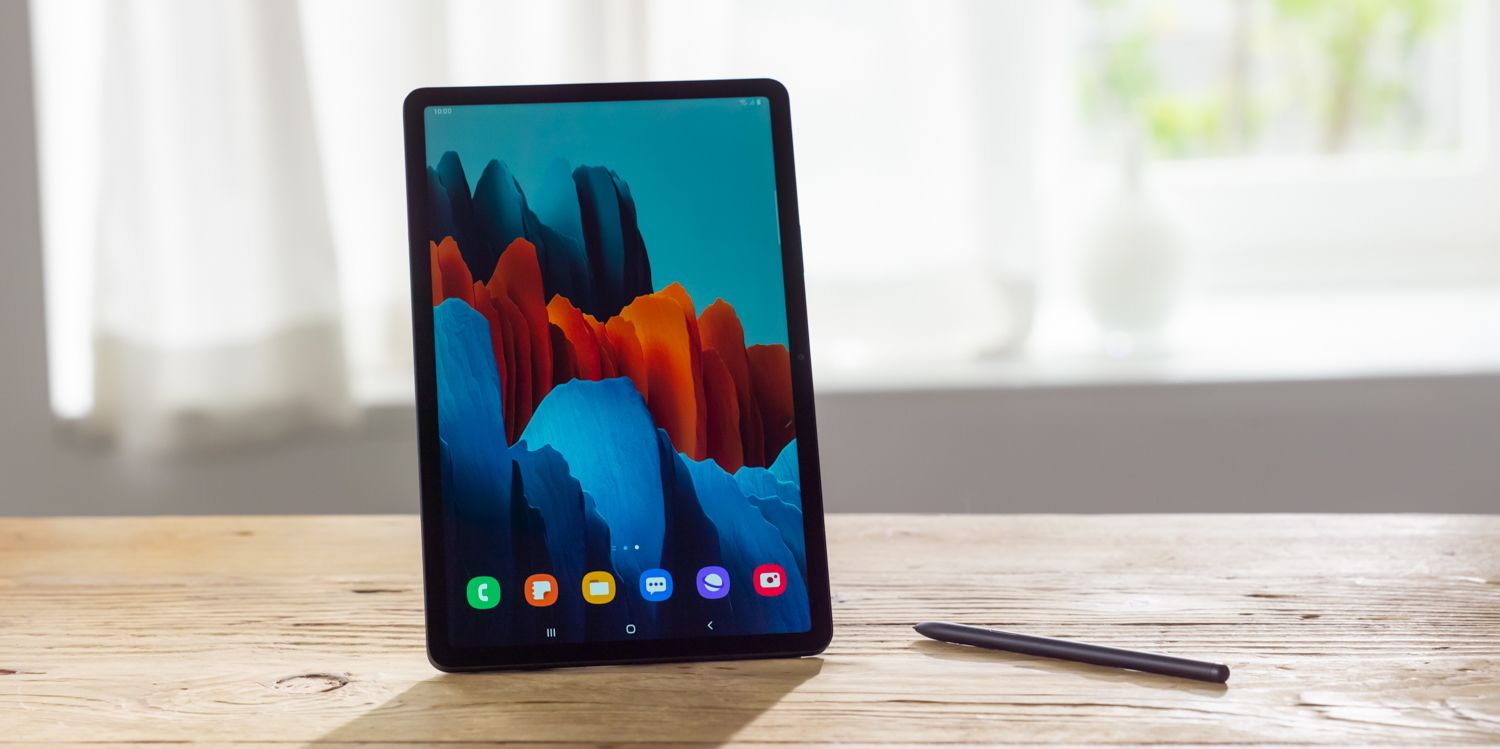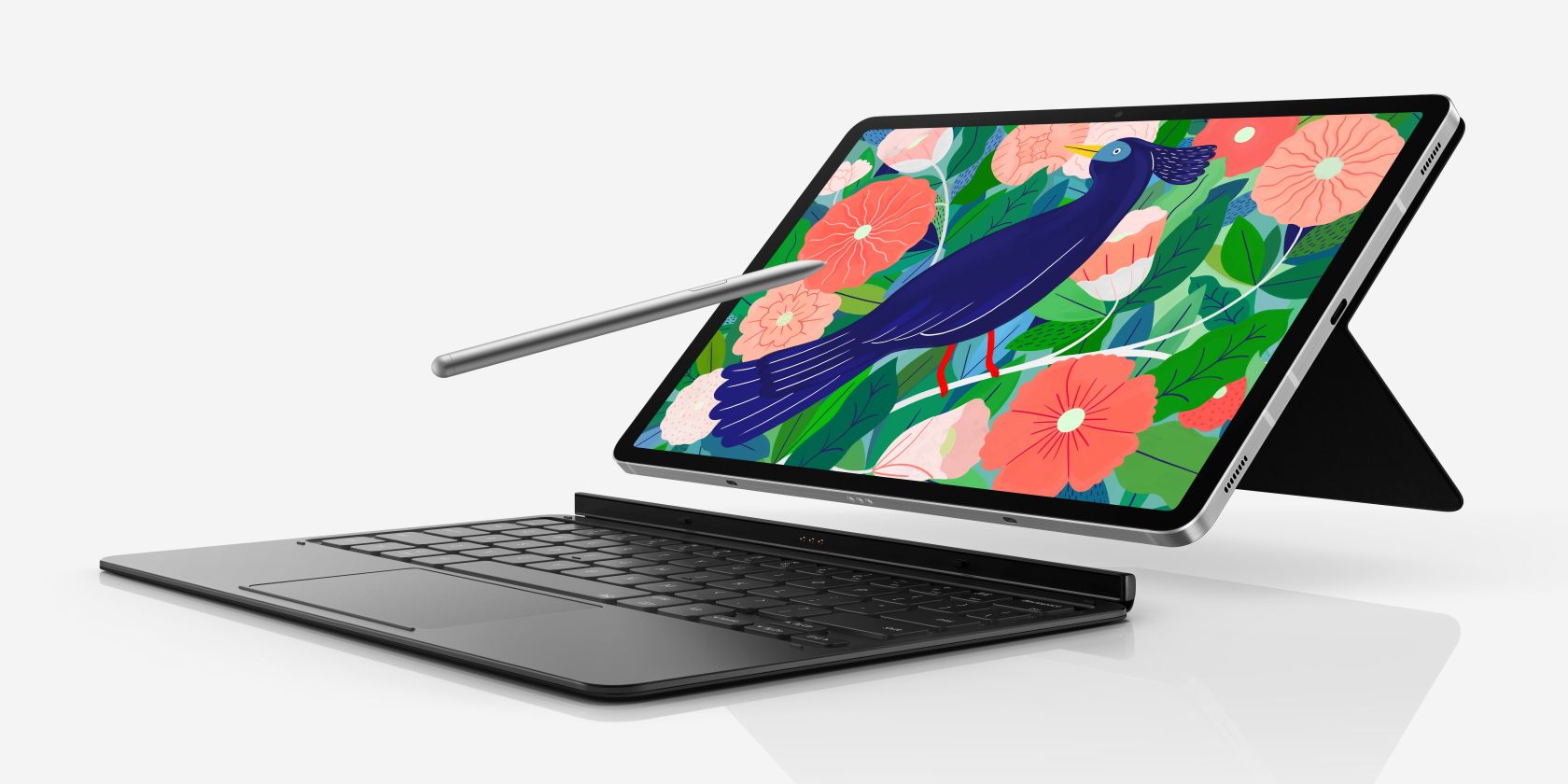The Galaxy Tab S7 has been out for over a year, and it's about time for a refresh. Samsung has to come up with a better and more powerful tablet if it intends to compete with Apple's M1-powered iPad Pros.
Although matching the M1 chip's performance seems far-fetched, we believed Samsung can still put up a good fight if the Galaxy Tab S8 line-up makes up for it in the other departments. Here, we'll look at the top features that we want to see in the Galaxy Tab S8.
1. An Ultra Variant
The Galaxy Tab S7 came in three variants—the standard S7, the bigger Galaxy Tab S7+, and the affordable Galaxy Tab S7 FE. This year, we want Samsung to scratch the Fan Edition for an Ultra variant and go all-out in the specs department, similar to what it did with the Galaxy S21 Ultra.
The Galaxy Tab S8 Ultra should make zero compromises on hardware, packing the highest-end cameras, flagship processor, cutting-edge display, and everything else. This way, the power users can go for a more future-proof tablet at a premium price.
2. OLED Display on All the Models
One of the best features of the Tab S7 is its bright and vivid Super AMOLED display. However, Samsung limited these displays to the more expensive Galaxy Tab S7+ whereas the standard Galaxy Tab S7 and the Galaxy Tab S7 FE packed inferior TFT screens.
This time, we want to see the same Super AMOLED display across all Galaxy Tab S8 models, so no matter which variant you buy, you get a high-end screen that's perfect for media consumption. This alone should be good enough to give the mini-LED iPad Pro a tough fight.
After all, OLED is still superior to mini-LED displays.
3. Hardware Improvements
As we mentioned earlier, it's hard to compete with Apple's M1 chip since Samsung uses Qualcomm's Snapdragon chips in the Galaxy Tab. However, the company could reduce the gap by using the latest processor possible.
We don't want the Snapdragon 888 processor anymore. If the Galaxy Tab S8 intends to compete in the performance department, it should pack the Qualcomm Snapdragon 898 chip, which should replace the Snapdragon 888 as the flagship mobile CPU for 2022.
Besides the processor, Samsung should bump up the RAM across all the Galaxy Tab S8 models. The Galaxy Tab S7 and the Galaxy Tab S7+ have only 6GB of RAM on the base models.
Considering the M1-powered iPad Pros come with 8GB of RAM as standard, the Galaxy Tab S8 series should sport a minimum of 8GB of RAM on the base models and 12GB of RAM for the more expensive variants with higher storage space. This will make sure the Galaxy Tab S8 is a multitasking powerhouse for the enthusiasts who need it.
4. Backlit Keyboard Cover
Samsung sells an optional keyboard cover for the Galaxy Tab S7 to provide users with a complete tablet experience. As much as we like the look and feel of this keyboard, we have one complaint.
Unfortunately, the keyboard doesn't have any backlighting, meaning typing in the dark is a hassle, especially if you aren't familiar with the layout. Samsung could easily take notes from Apple and address this problem with a new backlit keyboard cover for the Galaxy Tab S8.
5. Much Better Video Recording
Video recording capabilities aren't a top priority for tablet users, but the iPad Pro has a top-notch camera system regardless. The Galaxy Tab S7 only supports up to 4K/30FPS video recording, which is surprising for a tablet powered by the Snapdragon 865 chip.
If Samsung wants to keep up with Apple, the Galaxy Tab S8 must support 4K/60FPS video recording at the bare minimum. Besides the primary camera, bumping up the frame rate of the selfie camera to 60FPS would also allow users to make smoother video calls.
The Galaxy Tab S8 Must Give the iPad Pro a Tough Fight
Samsung must go all out with the Galaxy Tab S8 and make it the most powerful Android tablet ever made if it wants to compete against Apple's M1 iPad Pros. The features we listed here should help it get there in the hardware department.
It shouldn't be too hard since Samsung already has the upper advantage with its OLED displays, but we'll see if the company has any other tricks up its sleeve.

